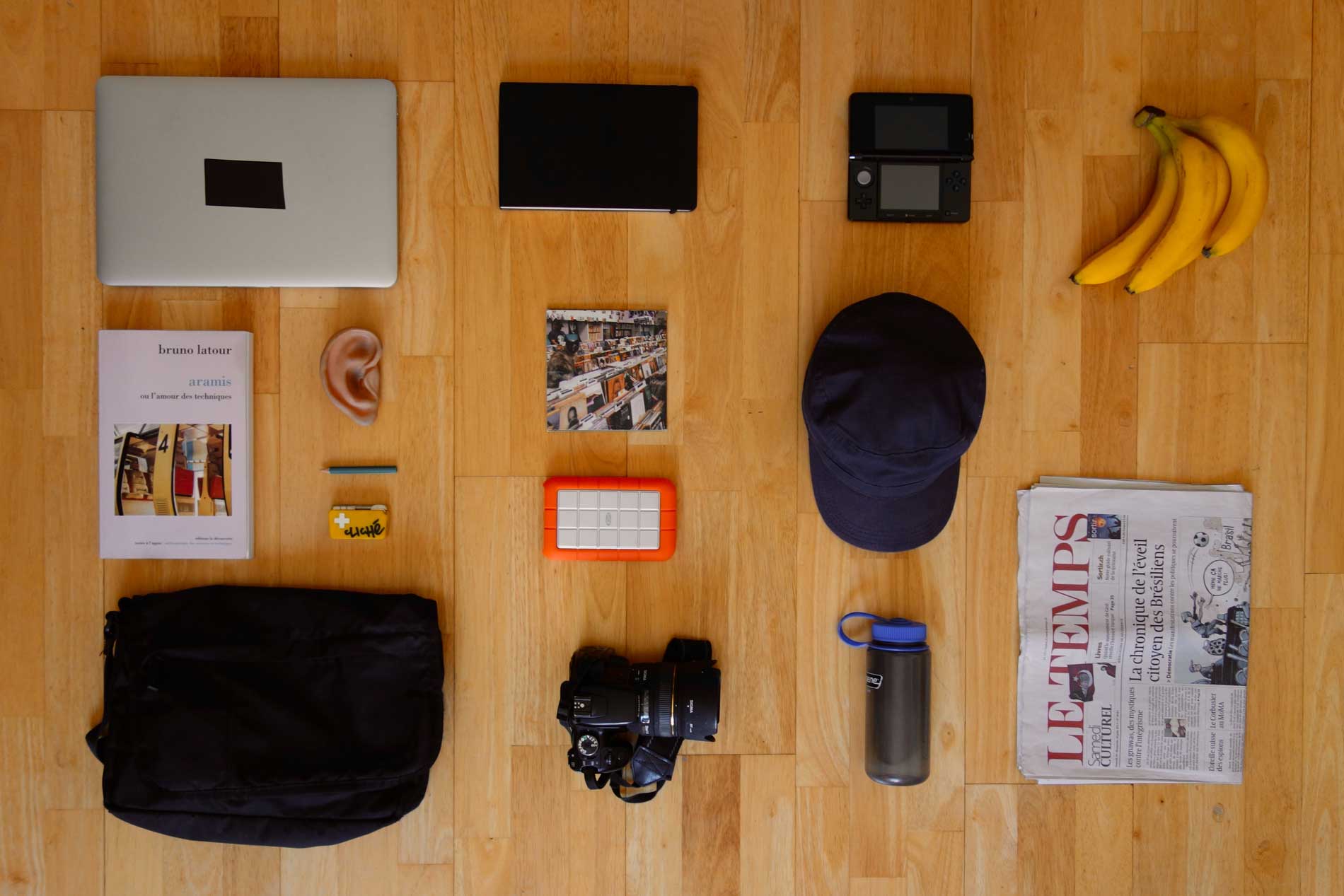PDFs may be immoral, but we all live in sin. The free version of Sente for the iPad, the “Sente Viewer” is now available in the App Store. If you just want to sync PDFs to your iPad and annotate them can use GoodReader, ReaddleDocs, or iAnnotate PDF. The free Sente Viewer does not yet offer annotation, but there will be a full version which does (hopefully later this year). But Sente does something which the other apps do not, it syncs your reference library – much like iTunes lets you sync playlists and star ratings for your MP3 files. There are only two other iOS apps I know of which offer similar features: Papers, and Mendeley, but IMHO Sente is head and shoulders above both of them. (Eventually we can probably expect Zotero for iOS as well.)
Setup is a bit awkward, you have to create a special “synchronized library” which you copy to your iPad via iTunes. This creates an extraneous copy of your library on your desktop which you can delete after copying over. Once done, however, Sente’s servers keep all your data in sync between the iPad copy and the desktop copy of your library – even adding PDF attachments if you like. (You can also choose to have these downloaded manually.) Currently you can read these PDFs on your iPad, and you can “open in…” another application if you want to annotate them.
Personally, this is actually ideal for me, because up till now I haven’t been using Sente to keep track of my annotations and reading notes. That might change once the final version of Sente for the iPad comes out, but my preferred workflow is to use iAnnotate PDF to make annotations and then to mail the “annotation summary” and marked-up PDF to Evernote. iAnnotate’s “annotation summary” is a plain-text file with only the text you have highlighted. I actually like the annotation tools in GoodReader better, but only iAnnotate has the ability to make these annotation summaries which I find very useful as it makes it easier to search for text.
Annotation isn’t the only feature which will separate the free viewer version of Sente from the full (paid) version. The full version will also allow you to edit your references and add new ones on the go. This includes Sente’s “targeted browsing” which allows you to pull references from Google Scholar, JSTOR, and a host of other sources from within the built-in web browser. Personally I would actually prefer it if Sente worked more like Mendeley which lets you pull citations from your normal browser rather than having to switch to a special application to do this. Zotero is also working on a version which will work in any browser (currently it only works in Firefox). But in an imperfect (even sinful) world, we make do with what we have, and I’m very greatful to have Sente on my iPad.
UPDATE: I should probably mention that I’m a beta tester for Sente for iPad, and the developer is very responsive to customer feedback.
